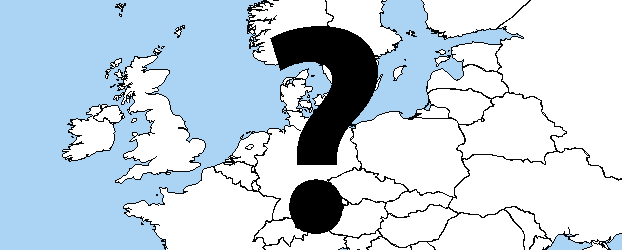This is a cross post from Hodder Geography’s Expert Blog.
As geographers we try to better understand the world, and I believe one of our most important skills is the ability to apply a map’s representation of the world to reality. This can range from basic navigation using a paper map to understanding the impacts that climate change will have on people if model predictions are correct. That’s not to say we don’t ever make mistakes. Some are amusing, whilst others can have serious implications. Google, for example, have accidentally become involved in the dispute between Nicaragua and Costa Rica by drawing an incorrect border between the two countries. Google’s maps get scrutinised by thousands of people each hour so mistakes are unlikely to go unnoticed. The city of Sunrise in Florida, for example, was lost on Google Maps. This caused a great deal of concern for residents, one local commented, “It felt like a bizarre novel…We woke up one morning and we didn’t exist in the ether world!”. The disappearing places problem doesn’t even seem to stop at cities: the EU attracted controversy by accidentally missing out the entire Welsh nation on the cover of its annual statistics publication!
One of the most famous mistakes, amongst academic geographers at least, is the Economist magazine’s article on the threat of missiles from North Korea. The first map they published, shown above, did not account for the fact that the world is spherical. It therefore massively underestimated the distance that North Korea’s missiles could travel. As with Google’s mistake in South America, it is easy to see how this error had important geopolitical consequences. The corrected version is shown below.
In spite of their potential impact, some mistakes are deliberate. It is common for cartographers to draw in extra streets on a map. These so called “Trap Streets” can be found in anything from online maps to tourist guidebooks and are designed to identify illegitimate copies of a map. You can find a long list trap streets on the OpenStreetMap website where they are known as “Copyright Easter Eggs“.
Even if the perfect map could be produced, technical perfection may not be enough. Research has shown that people think it takes longer to travel “up” (bottom to top) a map than “down” it. So next time you are in a hurry, be sure to turn your map so that you are always traveling downwards!



